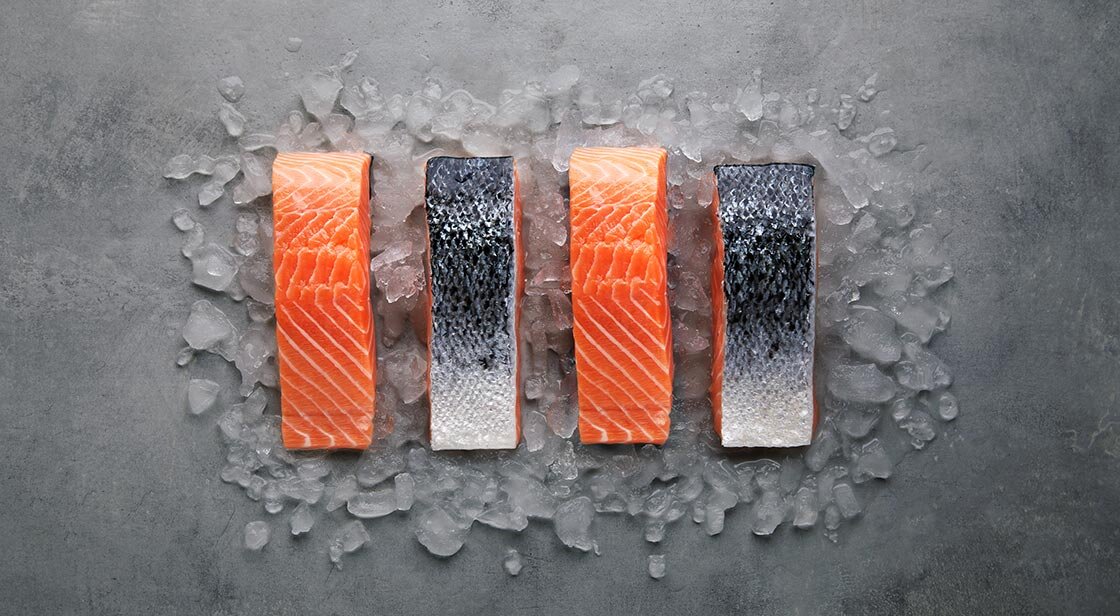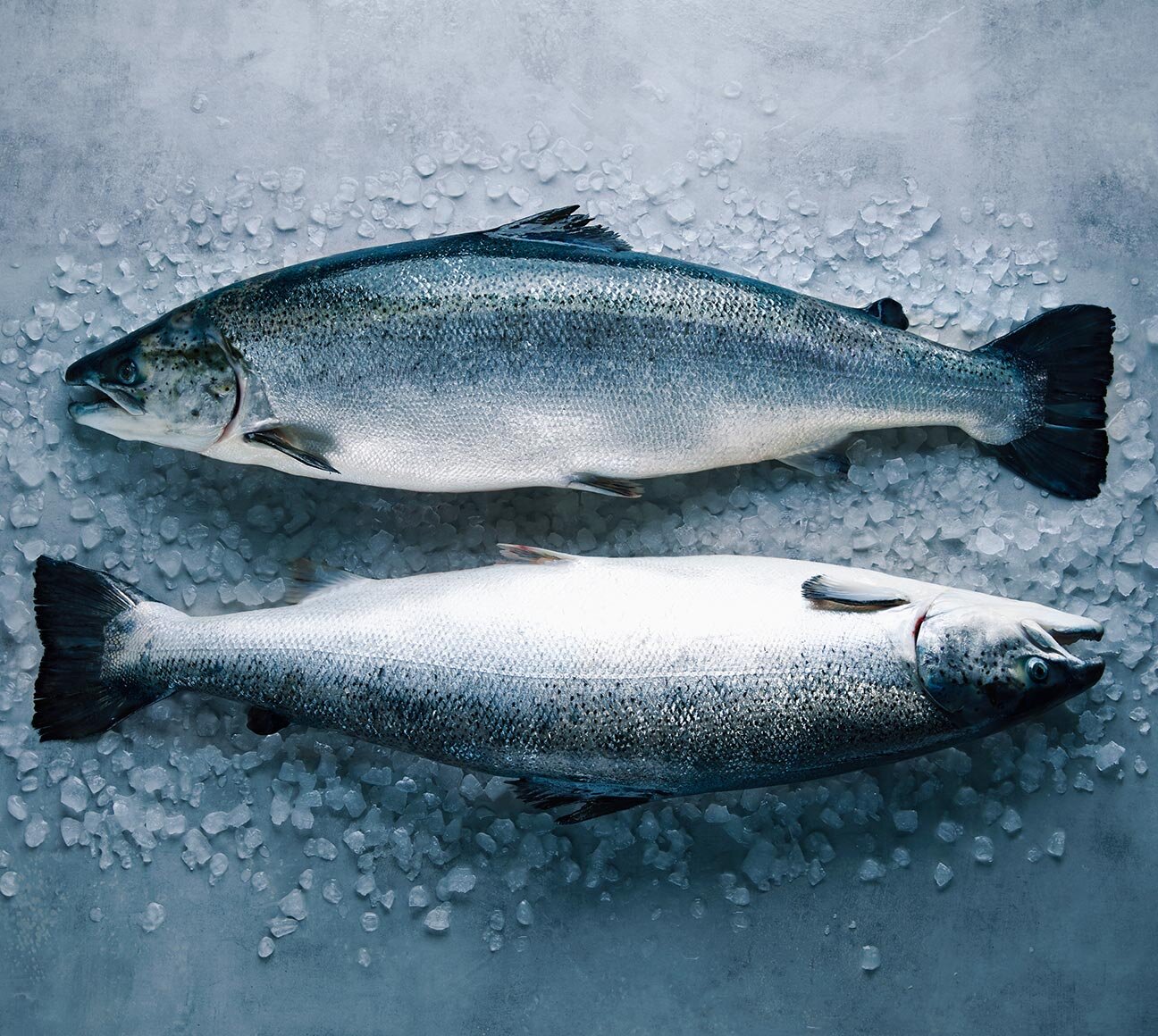Salmon from Norway
The cold, clear waters in Norway provide perfect conditions for Norwegian salmon to grow slowly, develop a firm texture and a delicious taste. Combined with Norway's expertise in aquaculture, we have the perfect conditions to responsibly produce safe, healthy and delicious salmon.
Eating Norwegian salmon help you maintain a healthy heart, a strong skeleton and an effective brain. It is especially rich in protein, Omega-3, vitamins A, D and B12 and antioxidants.
Norway's coastline enjoys the unique natural advantages where cold Arctic waters meet the warm Gulf Stream, resulting in waters with the right current and temperature that provide the perfect conditions for production of Atlantic salmon.
Norwegian salmon is in season all year round.

How to buy
Look for the Seafood from Norway logo to buy Salmon from Norway, or ask the employers at the fish counter for Norwegian seafood.
